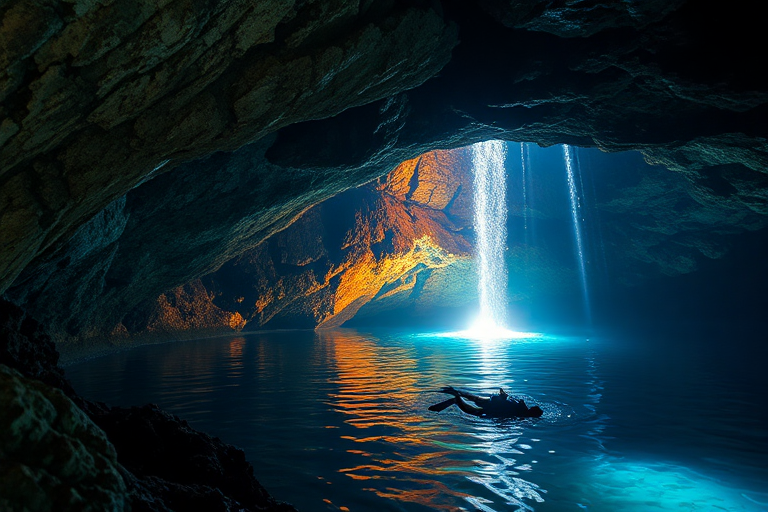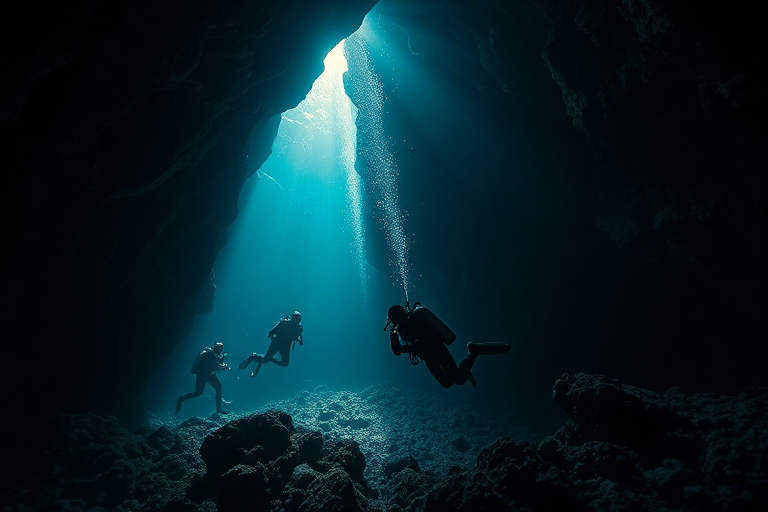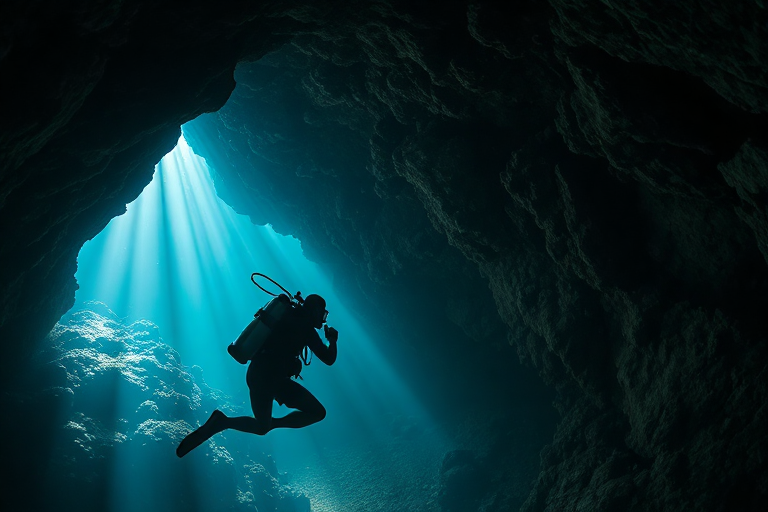
Cave diving is one of the most thrilling yet challenging forms of underwater exploration. It combines the beauty of underwater landscapes with the adrenaline of navigating through confined spaces. However, it’s not for the faint-hearted. Here are 10 essential things you need to know before embarking on a cave diving adventure.
1. It’s Not the Same as Open Water Diving
Cave diving is vastly different from open water diving. In open water, you have the freedom to ascend to the surface at any time. In a cave, you’re in an overhead environment with no direct access to the surface. This means you need specialized training and equipment to handle the unique challenges of cave diving.
2. Specialized Training is a Must
Before you even think about cave diving, you need to undergo specialized training. Organizations like the National Association of Underwater Instructors (NAUI) and the Professional Association of Diving Instructors (PADI) offer cave diving courses. These courses cover essential skills like navigation, gas management, and emergency procedures.
3. Equipment is Different
Cave divers use specialized equipment that differs from standard scuba gear. This includes redundant air supplies, powerful underwater lights, and reels for laying and following guidelines. The equipment is designed to handle the unique challenges of cave environments, such as tight spaces and potential entanglement hazards.
4. The Importance of a Guideline
One of the most critical pieces of equipment in cave diving is the guideline. This is a continuous line that divers lay as they enter the cave and follow back to the exit. It’s your lifeline in case of disorientation or equipment failure. Losing the guideline can be fatal, so it’s crucial to maintain constant contact with it.
5. Gas Management is Critical
In cave diving, gas management is a matter of life and death. The rule of thirds is commonly used: one-third of your gas supply is for entering the cave, one-third for exiting, and one-third is reserved for emergencies. This ensures you always have enough air to make it back to the surface.
6. Psychological Preparedness
Cave diving can be mentally taxing. The confined spaces, darkness, and potential for disorientation can induce panic. Mental preparedness and the ability to stay calm under pressure are crucial. Regular practice and experience in less challenging environments can help build the necessary psychological resilience.
7. Environmental Awareness
Cave environments are fragile and can be easily damaged. Divers must be aware of their surroundings and avoid touching or disturbing the cave formations. Sediment can be stirred up easily, reducing visibility and potentially harming the ecosystem. Responsible diving practices are essential to preserve these unique environments.
8. Team Diving is Essential
Cave diving is not a solo activity. It’s always done in teams, typically with at least two divers. This ensures that if one diver encounters a problem, the other can assist. Communication and trust between team members are vital for a safe and successful dive.
9. Emergency Procedures
Knowing how to handle emergencies is crucial in cave diving. This includes dealing with equipment failures, lost guidelines, and out-of-air situations. Regular practice of emergency drills can make the difference between life and death in a real situation.
10. Respect the Risks
Cave diving is inherently risky, and even experienced divers can encounter unexpected challenges. It’s essential to respect these risks and never push beyond your limits. Continuous learning, regular practice, and adherence to safety protocols can help mitigate these risks.
In conclusion, cave diving is an exhilarating but demanding activity that requires specialized training, equipment, and a high level of psychological preparedness. By understanding and respecting the unique challenges of cave diving, you can safely enjoy the incredible beauty and adventure it offers.

